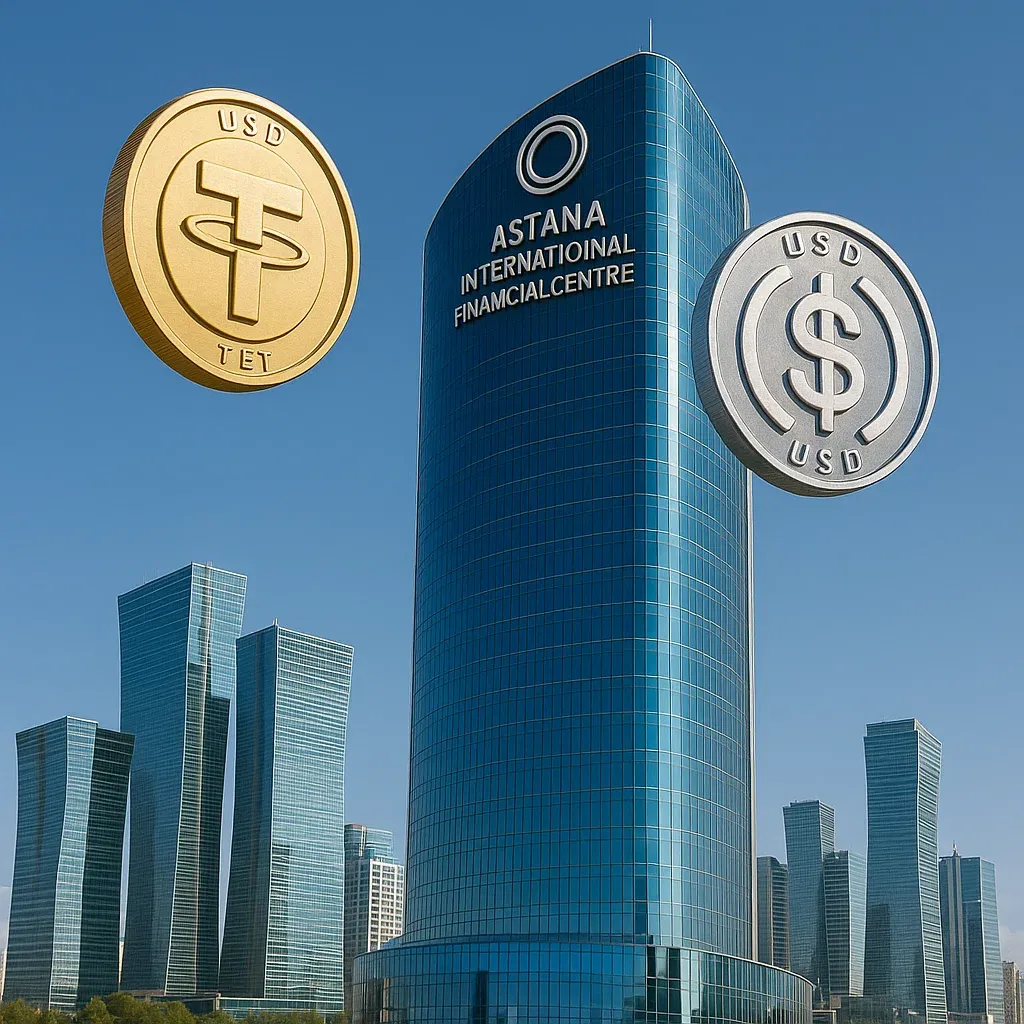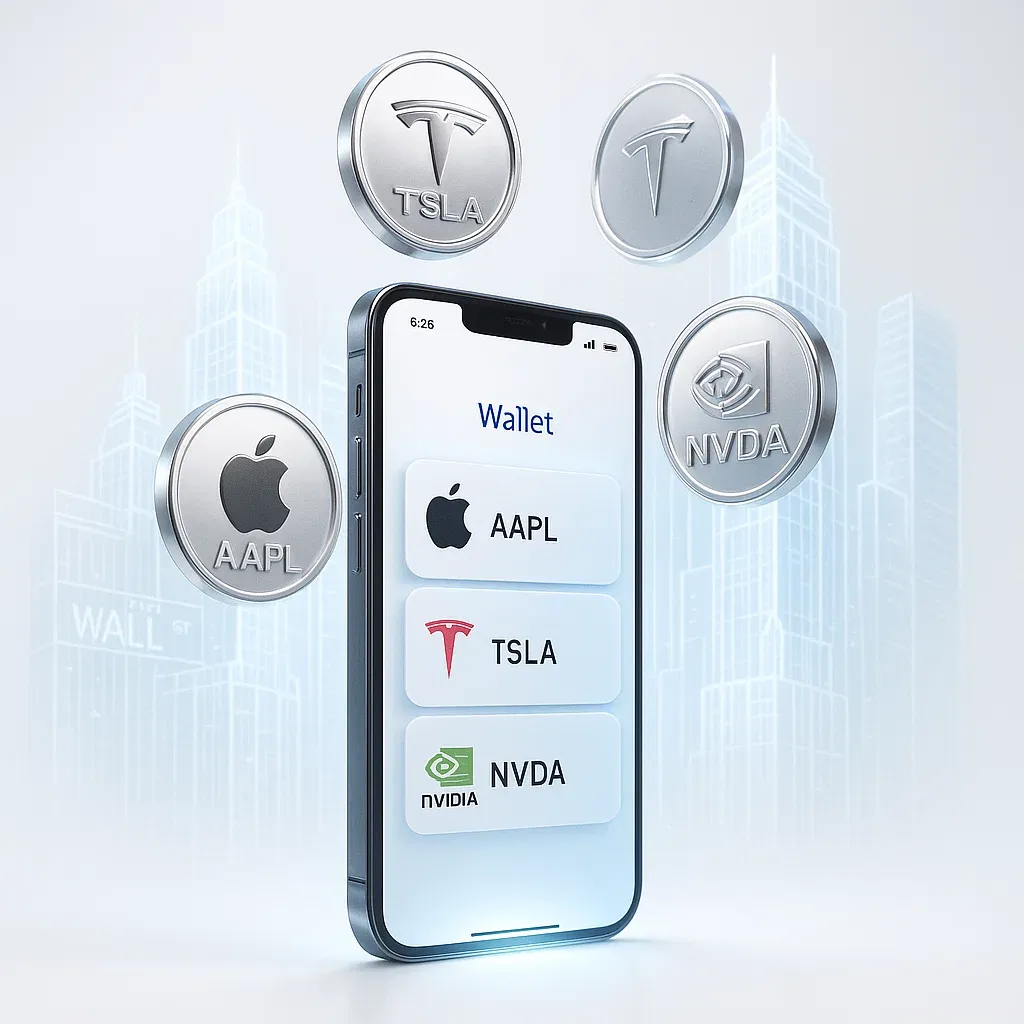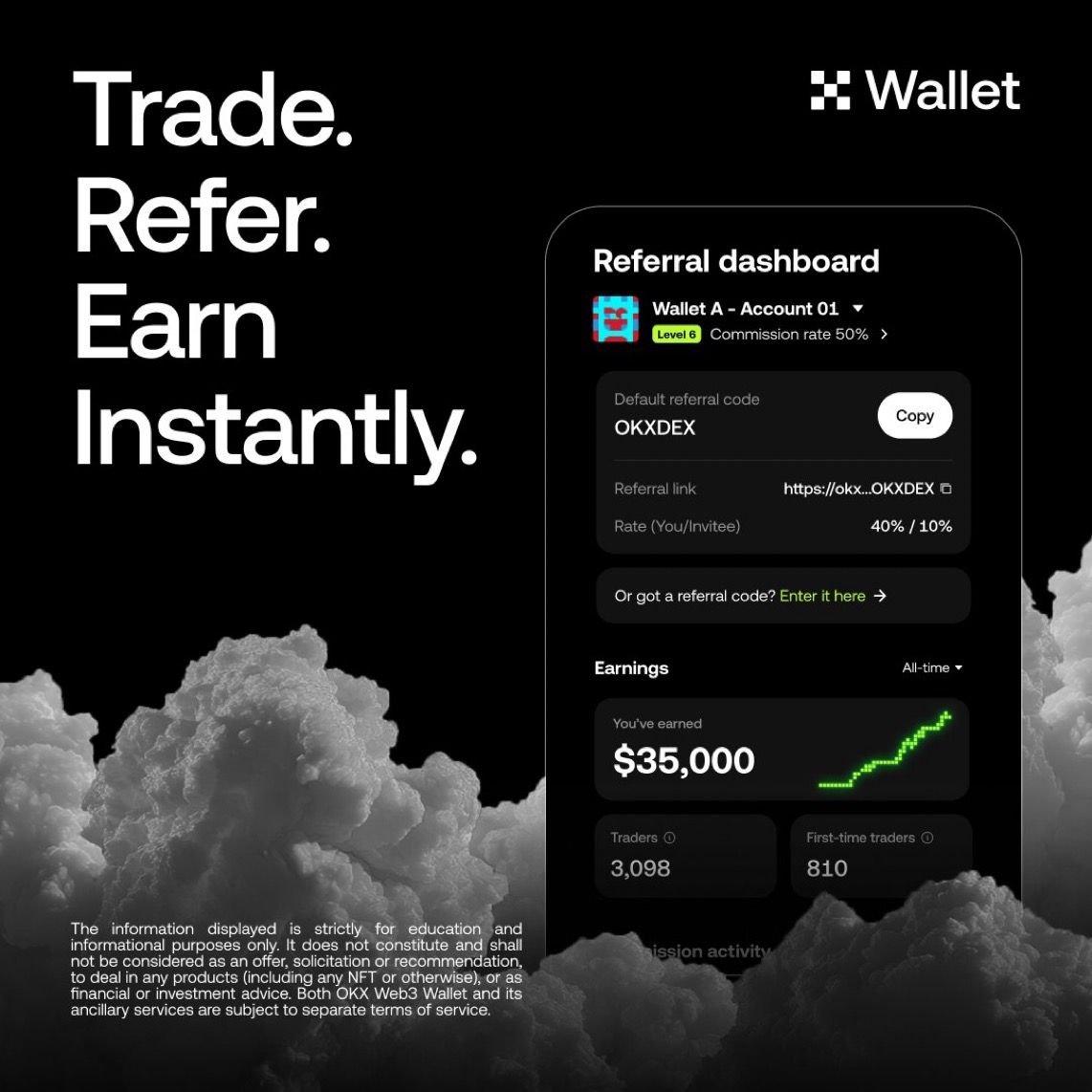The EU’s Blockchain Sandbox Isn’t Just Bureaucracy — It’s the Future of Web3 Regulation
🇪🇺 EU Gets Experimental with Web3 — And It’s a Big Deal
You probably think “EU regulation” means long PDFs and political gridlock. But this time? Europe’s playing smart.
The European Blockchain Sandbox just dropped its third cohort: 20 Web3 projects handpicked to work directly with EU regulators. No hype, no fluff — real tech, real conversations, and real legal testing grounds.
And the best part? This sandbox might quietly shape the rules of the future internet.
🧪 What Even Is a Blockchain Sandbox?
Unlike a VC accelerator or dev hackathon, the EU Blockchain Sandbox is a regulatory test lab.
Think of it as a safe space where startups, enterprises, and governments sit down together and ask:
“So... does this break the law?”
“Can we rewrite the law instead?”
“What does ‘decentralized’ even mean when lawyers get involved?”
Each selected project gets confidential legal guidance, and regulators get a front-row seat to cutting-edge tech — before it hits mass adoption.
It’s less “move fast and break things,” more “move smart and make policy.”
🔍 Who Got In? Meet the Projects Changing the Rules
From identity to infrastructure, here are the names worth knowing:
- Privado ID + Privately: Privacy-preserving age verification using zero-knowledge proofs and self-sovereign identity (SSI). No creepy data collection. No World ID-style retina scans.
- Parfin: Launching Rayls, a blockchain tailor-made for institutions, privacy, and central bank currencies.
- CHARONIUM: Solving a brutal reality of digital life — what happens to your wallet when you die?
- Frictionless Markets: Where traditional finance meets blockchain rails.
- Traced Systems + Instagrid + Cling Systems: Creating Digital Product Passports (DPPs) for batteries — because even your EV needs a blockchain.
And that’s just the start. The cohort spans logistics, finance, public infrastructure, energy, and more — with players from startups to research labs.
⚖️ Why It Matters (And Not Just for Europe)
- It de-risks innovation
Web3 moves faster than the law. The sandbox gives builders a place to test without fear — and regulators a crash course in how the future works. - It gives the EU global leverage
While the U.S. fights itself over crypto bills, Europe is quietly writing the rulebook for identity, AI, tokenization, and more. This isn’t about Bitcoin — it’s about blockchain eating the world. - It’s not just about finance
This cohort isn’t launching meme coins. It’s about digital rights, ownership, traceability, and next-gen infrastructure. It’s what Web3 looks like when it actually scales.
⏳ What’s Next?
Over the next year, these 20 projects will:
- Engage in confidential feedback loops with regulators
- Identify legal bottlenecks and suggest real-world fixes
- Help shape future EU policy — from MiCA to digital identity law
If the sandbox works, it becomes a blueprint for global Web3 governance — one that’s actually tested in practice.
✅ TL;DR
- 🧪 EU Blockchain Sandbox selects 20 projects to co-create future regulation
- 🔐 Privacy, identity, tokenization, and public infrastructure take center stage
- ⚖️ Legal “test runs” replace guesswork — policy meets practice
- 🌍 EU’s quietly becoming the most serious Web3 regulator on the planet

Recent News
All Time High • Live
Have questions or want to collaborate? Reach us at: info@ath.live











